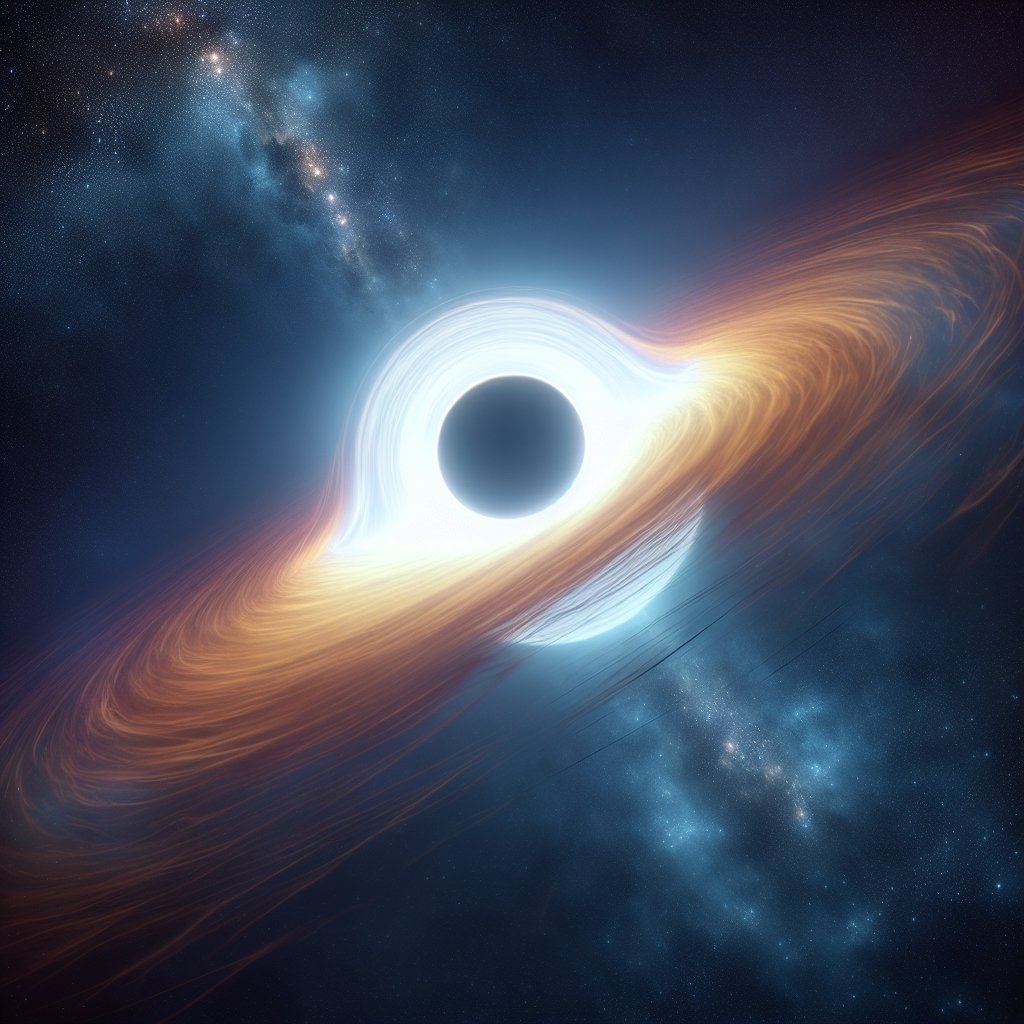Black holes, one of the most enigmatic and fascinating phenomena in the universe, have intrigued scientists and the general public alike for decades. At the heart of these cosmic giants lies the event horizon, a boundary beyond which nothing can escape the gravitational pull of the black hole. Understanding the physics of black holes and their event horizons is crucial for unraveling the mysteries of the universe and gaining insights into the fundamental laws of nature.
The Nature of Black Holes
Black holes are regions in space where the gravitational pull is so strong that nothing, not even light, can escape from them. They are formed when massive stars collapse under their own gravity at the end of their life cycles. The core of the star compresses to a point of infinite density known as a singularity, surrounded by an event horizon, which marks the boundary of the black hole.
The concept of black holes was first proposed by the physicist John Michell in 1783, but it wasn’t until the 20th century that the idea gained significant traction. Albert Einstein’s theory of general relativity provided the framework for understanding how massive objects warp the fabric of spacetime, leading to the formation of black holes. In 1916, the German physicist Karl Schwarzschild found the first exact solution to Einstein’s equations, describing a non-rotating black hole, now known as the Schwarzschild black hole.
Black holes can be categorized into different types based on their mass: stellar-mass black holes, intermediate-mass black holes, and supermassive black holes. Stellar-mass black holes are formed from the remnants of massive stars and typically have masses ranging from a few to tens of solar masses. Intermediate-mass black holes, with masses between 100 and 100,000 solar masses, are thought to form through the merging of smaller black holes or the collapse of massive star clusters. Supermassive black holes, found at the centers of most galaxies, including our own Milky Way, have masses ranging from millions to billions of solar masses.
Understanding Event Horizons
The event horizon is a critical feature of black holes, representing the point of no return. It is the boundary beyond which the escape velocity exceeds the speed of light, making it impossible for anything to escape the black hole’s gravitational pull. The event horizon is not a physical surface but rather a mathematical boundary that defines the limits of the black hole’s influence.
One of the most intriguing aspects of the event horizon is its role in the information paradox. According to classical physics, information about matter that falls into a black hole is lost forever once it crosses the event horizon. However, this idea conflicts with the principles of quantum mechanics, which state that information cannot be destroyed. This paradox has led to intense debate and research in the field of theoretical physics, with various proposed solutions, including the holographic principle and the concept of black hole complementarity.
The study of event horizons has also led to the development of the concept of Hawking radiation, named after the physicist Stephen Hawking. In 1974, Hawking proposed that black holes are not entirely black but emit radiation due to quantum effects near the event horizon. This radiation, known as Hawking radiation, causes black holes to lose mass and eventually evaporate over time. The discovery of Hawking radiation has profound implications for our understanding of black holes and the nature of the universe.
The Role of Black Holes in the Universe
Black holes play a crucial role in the dynamics of galaxies and the evolution of the universe. Supermassive black holes, in particular, are believed to influence the formation and growth of galaxies. The energy released by matter falling into these black holes can drive powerful jets and outflows, affecting the surrounding interstellar medium and regulating star formation in the host galaxy.
Observations of black holes have also provided valuable insights into the nature of gravity and the behavior of matter under extreme conditions. The detection of gravitational waves from merging black holes by the LIGO and Virgo observatories has opened a new window into the universe, allowing scientists to study these cosmic events in unprecedented detail. These observations have confirmed key predictions of general relativity and have the potential to reveal new physics beyond our current understanding.
Furthermore, black holes serve as natural laboratories for testing theories of quantum gravity, which aim to unify general relativity and quantum mechanics. The study of black holes and their event horizons continues to be a vibrant area of research, with the potential to unlock some of the deepest mysteries of the cosmos.
Conclusion
The physics of black holes and their event horizons is a captivating field that challenges our understanding of the universe. From the formation and classification of black holes to the mysteries of the event horizon and the information paradox, these cosmic phenomena push the boundaries of our knowledge and inspire new theories and discoveries. As we continue to explore the universe, black holes will undoubtedly remain at the forefront of scientific inquiry, offering insights into the fundamental nature of reality and the laws that govern it.










